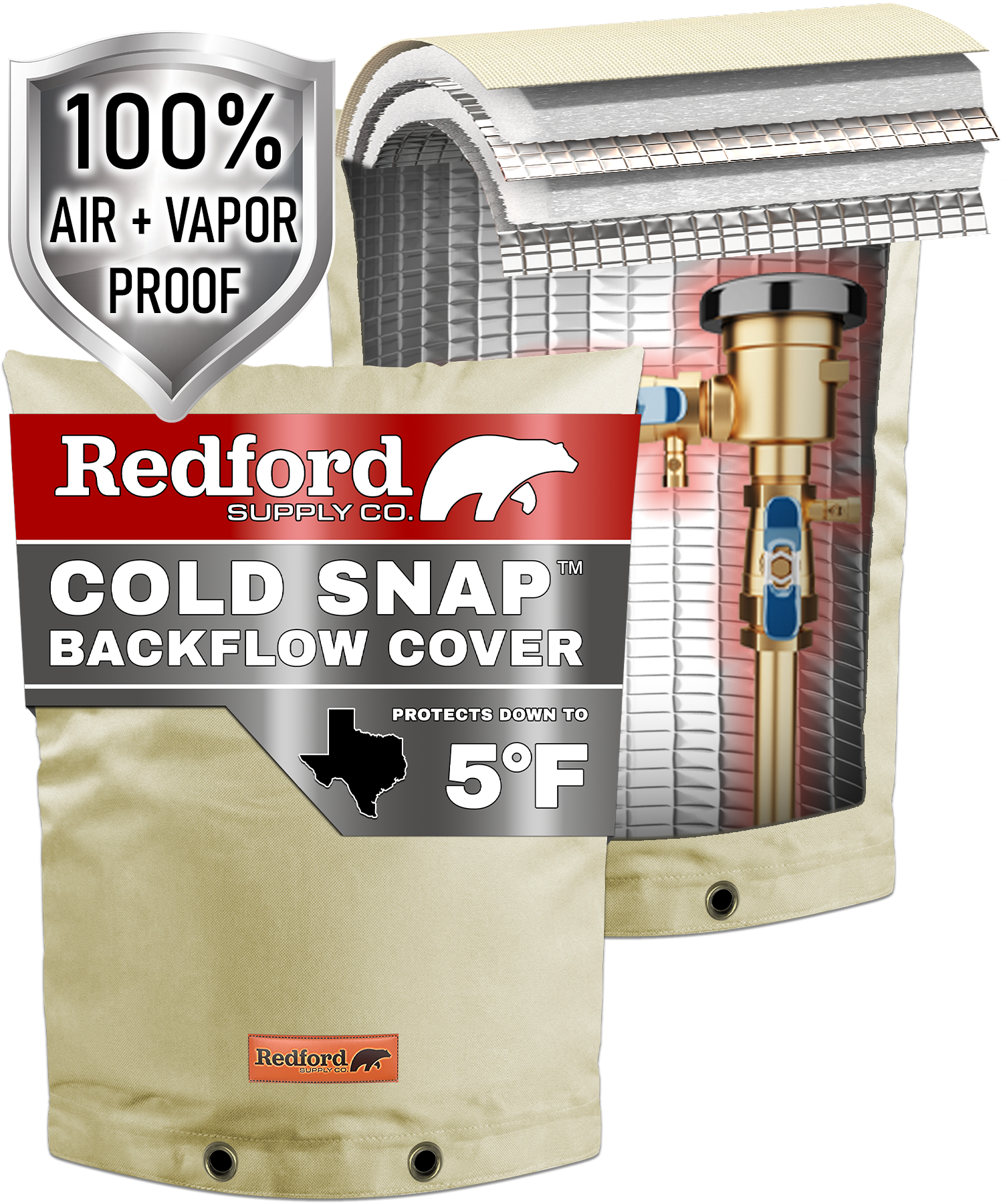
Why Every Homeowner Needs a Cold Snap Water Hose Tape
Winterizing your home goes beyond just protecting pipes and faucets; your water hoses also need care. Cold Snap RV Water Hose Tape is an essential tool for preventing your water hoses from freezing during winter. In this blog, we’ll explore why this tape is a must-have for every homeowner.
The Problem with Unprotected Water Hoses When temperatures drop, water hoses are at risk of freezing, which can lead to blockages or bursts. A frozen hose can not only disrupt your water supply but also cause costly damage. Many homeowners overlook this aspect of winterization, leading to unexpected problems.
How Cold Snap RV Water Hose Tape Solves the Issue The Cold Snap RV Water Hose Tape is specifically designed to insulate water hoses, preventing them from freezing. The tape is easy to apply, weather-resistant, and provides a durable barrier against the cold. It’s suitable for both RV owners and homeowners who need to protect their outdoor hoses.
Versatility of Cold Snap RV Water Hose Tape Not only is this tape great for water hoses, but it’s also effective for insulating pipes and other outdoor equipment. Its versatility makes it an all-in-one solution for winterizing various parts of your home.
Cost-Effective and Easy to Use One of the best things about Cold Snap RV Water Hose Tape is its affordability. It’s a small investment that can save you a lot of money in the long run by preventing damage. Plus, it’s simple to use, making it accessible even for those with little DIY experience.
Conclusion: Don’t let winter take a toll on your outdoor water hoses. The Cold Snap RV Water Hose Tape is a smart, cost-effective way to ensure your hoses remain functional throughout the cold months. Every homeowner should have this tape as part of their winterization toolkit.












